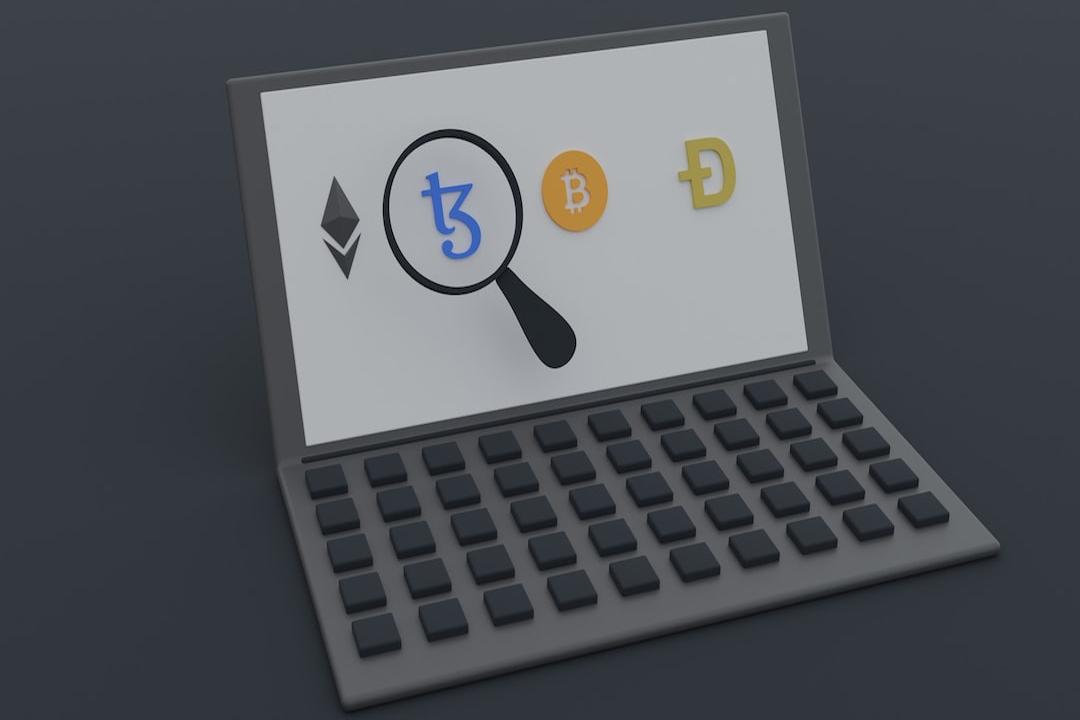Tether is once again bolstering the cryptocurrency market by injecting a total of 1 billion tokens in the past month. The new USDT tokens have been added to other stablecoins that support specific DeFi protocols. The total supply of USDT has now expanded to 112.49 billion tokens, with their value being backed by US T-bills.
USDT is widely used, being available on both centralized exchanges and emerging decentralized platforms. The token thrives on the Telegram network and can also be used to pay transaction fees. While Tether has introduced native versions on selected chains, USDT has been bridged from the main Ethereum supply to other networks.
The current increase in USDT liquidity is slower compared to previous bull market periods. Tether has reported record earnings and strengthened its balance sheet during the recent months of the bull market.
Over time, USDT has reached the wallets of around 50 million holders, making it one of the most widely distributed crypto tokens. Despite its popularity, Tether has faced criticism regarding its asset backing throughout its history. The current surge in supply is no exception, with concerns raised about potential bubbles and inflated token values.
There are concerns about potential regulatory blocks on USDT in the EU, as new regulations in the Euro economic area may restrict the use of certain stablecoins. As an alternative, traders and buyers may turn to USDC, a transparent, cash-backed stablecoin.
For Binance users in the European Economic Area, USDT will only be available for selling. The Markets in Crypto Regulation (MiCA) framework will start to take effect from June 30, impacting the stablecoin market. Binance aims to comply with the new regulations by offering MiCA-compliant alternatives and regulated sources of liquidity.
The European Banking Authority has yet to specify the standards for stablecoins, with a deadline set for June 30. The regulations categorize stablecoins as “asset-referenced tokens,” with specific requirements regarding reserves, liquidity, and issuer location within the European Economic Area.
EU authorities will closely monitor the crypto sector, issuing annual reports on the number of token issuers and overseeing EU-based users holding crypto assets from entities outside the EU. While EU regulations aim to legitimize crypto assets, non-compliant stablecoins like USDT may face delisting and removal of trading pairs.
In the EU, approximately 31 million users hold cryptocurrency, with ownership levels lower compared to Asia. Coinbase leads in trading USDT on US-based exchanges, while Kraken dominates the EU market with 116 million USDT trades. Kraken also serves as a significant platform for converting crypto to fiat currencies, and any disruption in USDT trading could impact European traders.

